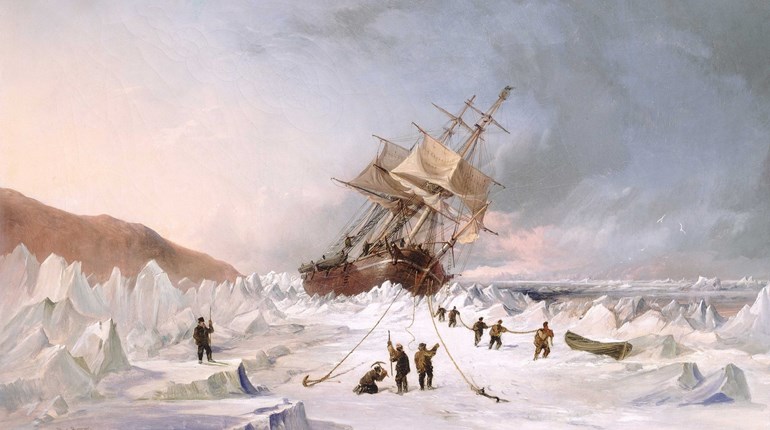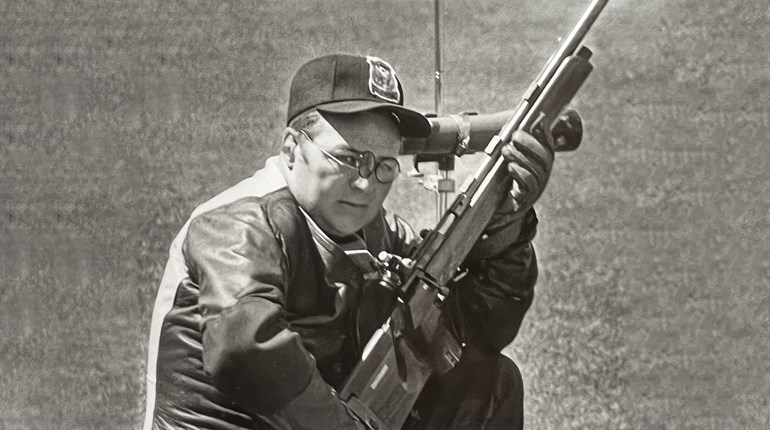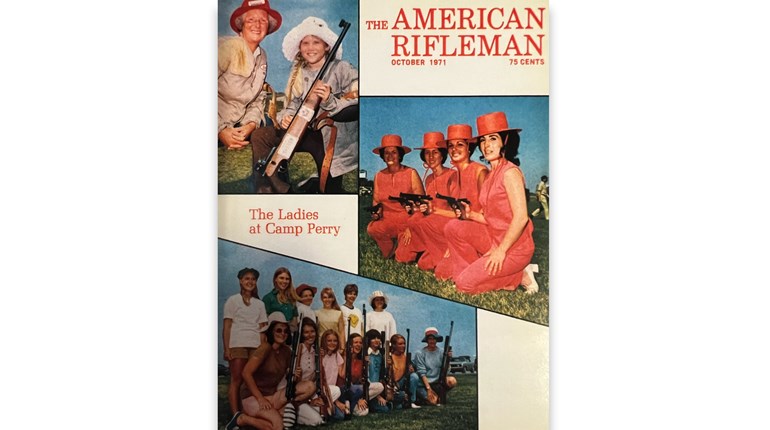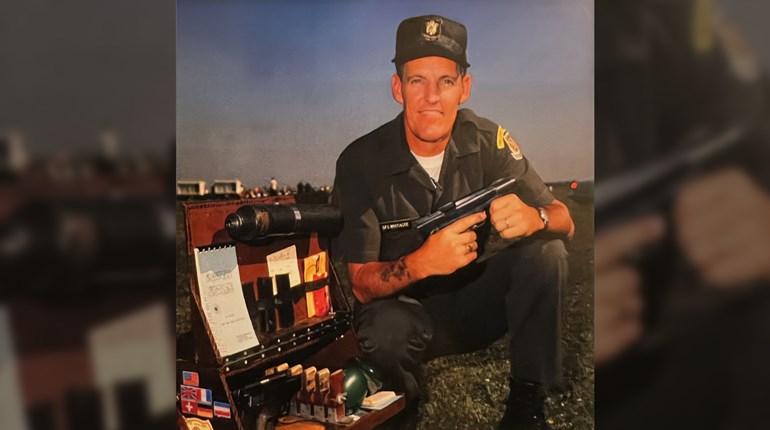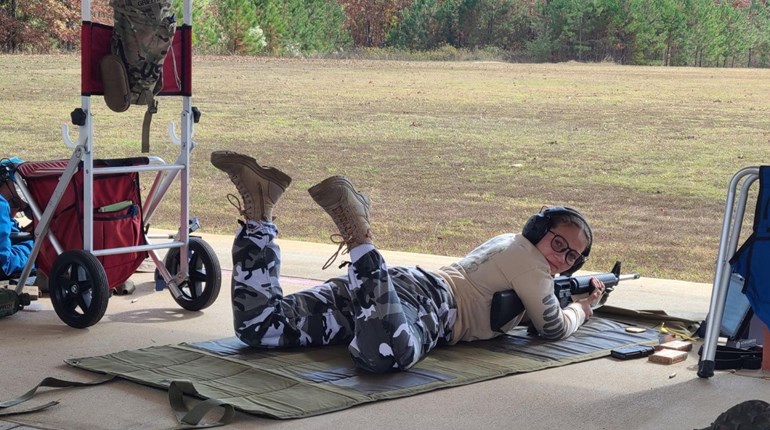
He was tall, redhaired, tireless, adaptable, verbose, decisive and gregarious, yet prone to bouts of debilitating depression. Family members affectionately called him “Cump,” while soldiers under his command respectfully dubbed him “Uncle Billy.” Southerners, not surprisingly, had other names for U.S. Army General William Tecumseh Sherman (1820-1891), none of them endearing.
At the beginning of the Civil War, when military leaders on both sides, North and South, were jockeying for prestigious assignments, Sherman, a West Point grad, made it clear to President Abraham Lincoln that he was not interested in ultimate command. As a young officer still unsure of himself, Sherman sought an assignment as second in command under a more experienced officer. Lincoln found Sherman’s request odd and out of the ordinary, but took it with good humor. Chuckling, Lincoln agreed, stating that his more pressing problem at the time seemed to be that he had too many generals who wanted to lead.
But Lincoln’s and Sherman’s agreement was short-lived. Just a month later, after Sherman was sent to Kentucky to fight under General Anderson’s command, Anderson abruptly resigned, leaving Sherman in charge. And as Sherman had feared, the responsibility of leadership proved too much too soon, sending him spiraling into the deepest depression of his life. Consequently, he had to be relieved of his duties and sent home to recuperate in Lancaster, Ohio.
History shows that William Tecumseh Sherman functioned best as a wingman. If he had a strong, decisive leader directly above him that he could trust to discuss and approve his plans, that’s when Sherman shone, and was most comfortable and effective as a leader. At his core, he was a military strategist, eventually becoming one of America’s most brilliant. In the interim, he would learn leadership, too.
After recovering from his depression, Sherman found the professional partnership he so craved in a General who was battling his own demons, in the form of alcoholism, Ulysses S. Grant. Over time, respect and even friendship grew between the two soldiers, Sherman stating, “He stood by me when I was crazy, and I stood by him when he was drunk; now…we stand by each other always.”
With the two men covering each other’s back, Sherman was free to exercise his innate skills of organization, logistics, tactical maneuvering and attention to detail. Winning many more battles than he lost, his Army of the West eventually captured Atlanta, sending shock waves through the South. Even the newspapers at the time—which Sherman detested—were singing his praises, calling him “…the greatest general since Napoleon.” But although Sherman was pleased, he was far from finished. The Civil War was not yet over, and he envisioned a grand plan to do all he could to finally end it—and break the will of the South.
Early on, both Union and Confederate armies had thought the war would be won with just a quick, decisive battle or two. Instead, the War Between the States had turned into a prolonged, horrific four-year bloody slugfest, with total casualties nearing a staggering one million. A surprise to many in the North was that rebel soldiers had proven time and again they were formidable opponents. Often outmanned, outgunned and ill supplied, they continued to fight fiercely, not even considering surrender despite suffering repeated crushing defeats.
What Sherman developed, with Grant’s assistance and permission, was a plan to demonstrate to Southerners that there was no further use in fighting. In his mind, the ultimate outcome of the war had already been decided, so why should any many more young men continue to die, on both sides of the battlelines, for a lost cause? But Sherman’s plan was not one of retribution. Rather, it was meant to once again unite the states; to preserve the union and heal America.
Sherman knew that defeat was a state of mind, and what he proposed to Grant was a military action so big and bold that Southerners could not miss its psychological significance. He would march his army across the heart of the South, from inland Atlanta to Savannah on the coast, some 250 miles, and dare what remained of the Confederate Army to stop him. He was betting the rebels couldn’t.
“I can make this march and make Georgia howl!” he wrote Grant. “This may not be war, but rather statesmanship. If the North can march an army right through the South, it is proof positive that the North can prevail in this contest…Even without a battle, the result operating upon the minds of sensible men would produce fruits more than compensating for the expense, trouble, and risk.”
To help mediate that risk, Sherman wanted only the most seasoned of his men to attempt such a hazardous, dangerous and demanding mission, so chose veterans from his Army of the Tennessee and the 14th and 20th Corps. Author Robert L. O’Connell, in his contemporary book, Fierce Patriot, profiling Sherman, writes of the troops:
“And just to make sure they were ready for the road, Sherman had his medical inspectors go through regiment by regiment, man by man, culling out any considered to be remotely unfit... Those who remained, around 62,000, were incredibly fit, and the weeding-out process had left them feeling like members of a truly elite force. Nothing but the best, that’s what Sherman was convinced he needed. To be truly effective, his soldiers had to leave exactly the impression he desired, virtually an army full of Shermans.”
The men, including officers, were instructed to take no tents. They would sleep on the ground without benefit of overhead cover, rain or shine. Each man was to carry only one blanket, a cooking pot, an extra shirt and extra pair of socks, a canteen, haversack for food, their rifle and 40 rounds of ammunition. The only personal effects allowed were a little writing paper, a pencil and maybe a pack of playing cards. Sherman meant to travel light, fast, and forage off the land as they went. Despite the unusual restrictions, his men were more than willing to follow Sherman. After nearly four long years of war, his boys in blue were convinced Uncle Billy knew what he was doing.
The march began on November 16, 1864, following the burning of Atlanta. Sherman headed his army east in two wings, which then divided into two columns each, spreading out a total of 20 miles wide and 10 miles long, wagons and artillery bringing up the rear. He also cut all telegraph lines as he went, his army essentially disappearing from the outside world.
They traveled about 15 miles per day, the great majority of the men marching with their units. But what earned the March to the Sea its dubious reputation were the so-called “bummers,” the soldiers who prowled the countryside at will—with Sherman’s permission—taking whatever food, livestock and other items they wanted from the local citizenry. They also destroyed cotton gins, burned plantation houses, and caused general havoc. Tearing up miles of railroad track, the rails were heated in bonfires then bent around trees, creating “Sherman’s neckties.” However, one thing Sherman definitely did not permit of his foragers was the molestation of women.
Confederate opposition was minimal during the month-long march, the worst of it occurring near the small town of Griswoldville. Three brigades of local militia attacked, mainly made up of “old grey-haired and weakly-looking men and little boys not over 15 years old.” Sherman’s soldiers swatted them as they would a fly, pouring continuous fire into the rebel lines, inflicting nearly 10 times the casualties they themselves suffered. This was possible because the soldiers not only outnumbered their enemy, but several regiments by this time in the war had acquired seven-shot, lever-action Spencer repeating rifles.
As the march went along, attracted to it were more and more freedmen, African-American slaves from the plantations it passed: men, women and children. These people (some 10,000) followed along at the rear of the army, which irritated Sherman because it slowed him down. On the other hand, this unanticipated phenomenon demonstrated to Southern slave owners that they did not have the “consent of the governed.” Again, psychological warfare. Sherman eventually put some of these former slaves to work as guides, cooks, woodcutters, etc., and they were glad to help.
Sherman arrived at Savannah late in the year, sending the following cable to Abraham Lincoln on December 22: “I beg to present you as a Christmas gift, the city of Savannah, with 150 heavy guns and plenty of ammunition, also about 25,000 bales of cotton, W. T. Sherman, Major-General.”
Certainly, there was fighting yet to be done, but Robert E. Lee would ultimately surrender to Ulysses S. Grant less than four months later at Appomattox Courthouse in Virginia on April 9, 1865. Yet today, William Tecumseh Sherman remains a controversial military figure—a hero to the North, yet villain to the South. For instance, as recently as the 1996 Summer Olympics in Atlanta, a T-shirt was for sale with Sherman’s face on it and the words: Atlanta’s Original Torchbearer.













